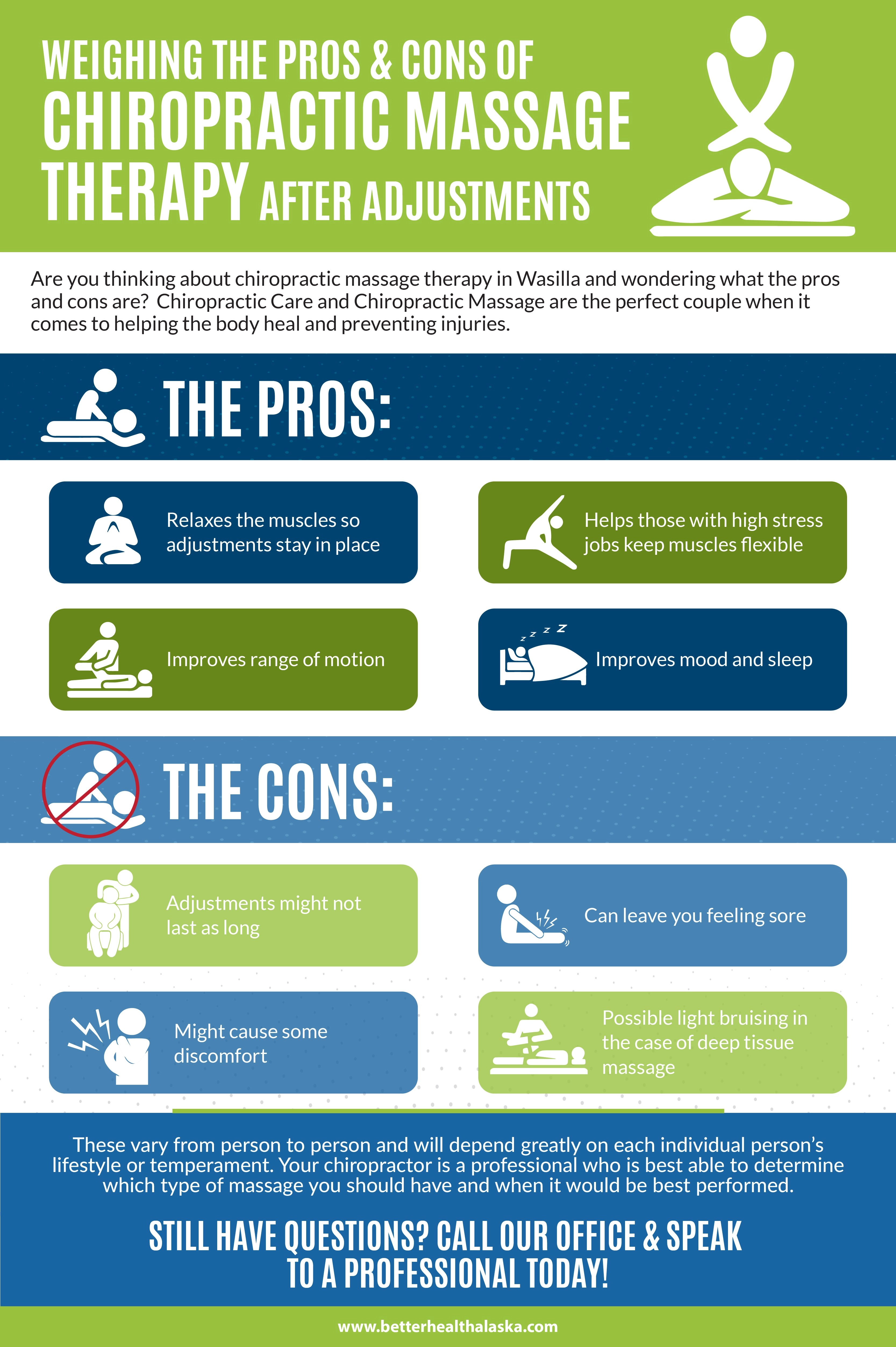Just When You Believe Alleviation Is Near, Soft Tissue Treatment Reveals Its Unpleasant Truths-- Discover Why The Procedure Can Be Uncomfortable Yet Beneficial
Just When You Believe Alleviation Is Near, Soft Tissue Treatment Reveals Its Unpleasant Truths-- Discover Why The Procedure Can Be Uncomfortable Yet Beneficial
Blog Article
Authored By-Cleveland Jacobson
When you undergo soft Tissue therapy, you might find it remarkably unpleasant. This discomfort develops as pressure is related to strained muscles and broken tissues, activating your pain receptors. While it can really feel distressing in the minute, there's a factor behind this sensation. Recognizing what occurs in your body throughout these treatments can aid you appreciate the procedure. So, what exactly is going on beneath the surface?
The Physiology of Pain Throughout Soft Tissue Therapy
When you undergo soft Tissue therapy, your body's feedback to discomfort is an intricate interplay of physical processes. As the therapist applies pressure, your body triggers discomfort receptors, sending signals to your brain. This causes the launch of natural chemicals, such as material P and glutamate, which enhance the sensation of pain.
Your muscles might additionally tighten in feedback, additional complicating the experience. Additionally, your body may release endorphins, natural pain relievers that can help relieve some pain.
The interaction between these procedures can create a special experience for every person. Understanding this physical action helps you navigate the feelings throughout therapy, allowing you to appreciate the equilibrium in between pain and the potential for healing benefits.
The Function of Pain in the Recovery Process
Although discomfort during soft Tissue treatment can really feel overwhelming, it plays a critical duty in the healing procedure. When you experience pain, your body is signaling that it's functioning to repair broken cells. This response aids enhance blood circulation to the afflicted location, providing necessary nutrients and oxygen needed for healing.
Additionally, pain can promote the launch of endorphins, your body's natural medicines, developing a feeling of alleviation post-treatment. Embracing this discomfort can assist you recognize your body's limitations and urge you to resolve underlying concerns.
While it's unpleasant currently, this process is crucial for lasting recuperation and improved feature. Recognizing https://chiropractic-lower-back-p83951.win-blog.com/13504403/interested-about-exactly-how-sporting-activities-massage-therapy-strategies-can-boost-your-training-and-prevent-injuries-discover-the-transformative-advantages-that-await-your-routine as a vital part of recovery can encourage you to stay devoted to your therapy.
Tips for Managing Pain During and After Therapy
Taking care of pain throughout and after soft Tissue therapy can dramatically boost your general experience and recuperation.
To start, communicate honestly with your therapist regarding your discomfort levels; they can adjust methods accordingly. Using deep breathing methods can likewise assist you kick back and relieve discomfort.
Take into consideration using ice to the cured location post-session to reduce inflammation and numb soreness. Remaining moisturized aids in the recovery process, so consume alcohol a lot of water.
Gentle extending and light motion after therapy can promote blood circulation and ease rigidity. https://www.medicalnewstoday.com/articles/does-medicare-cover-chiropractic but not least, ensure you get adequate remainder to permit your body to recover.
Applying these tips can make your soft Tissue treatment more convenient and pleasurable.
Verdict
In conclusion, while soft Tissue therapy can be unpleasant, it's essential to identify that this discomfort plays a crucial role in your healing trip. By recognizing the physical actions at play, you can approach the therapy with a more positive mindset. Bear in mind, the first pain typically paves the way to relief as your body launches endorphins. Embrace the process, and do not think twice to utilize the pointers for managing discomfort to enhance your experience and recovery.
